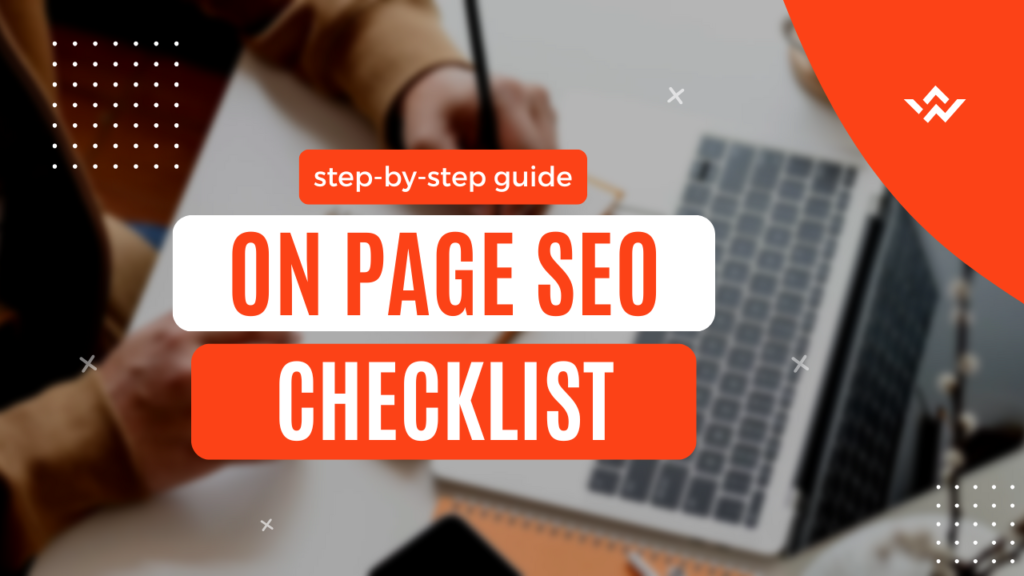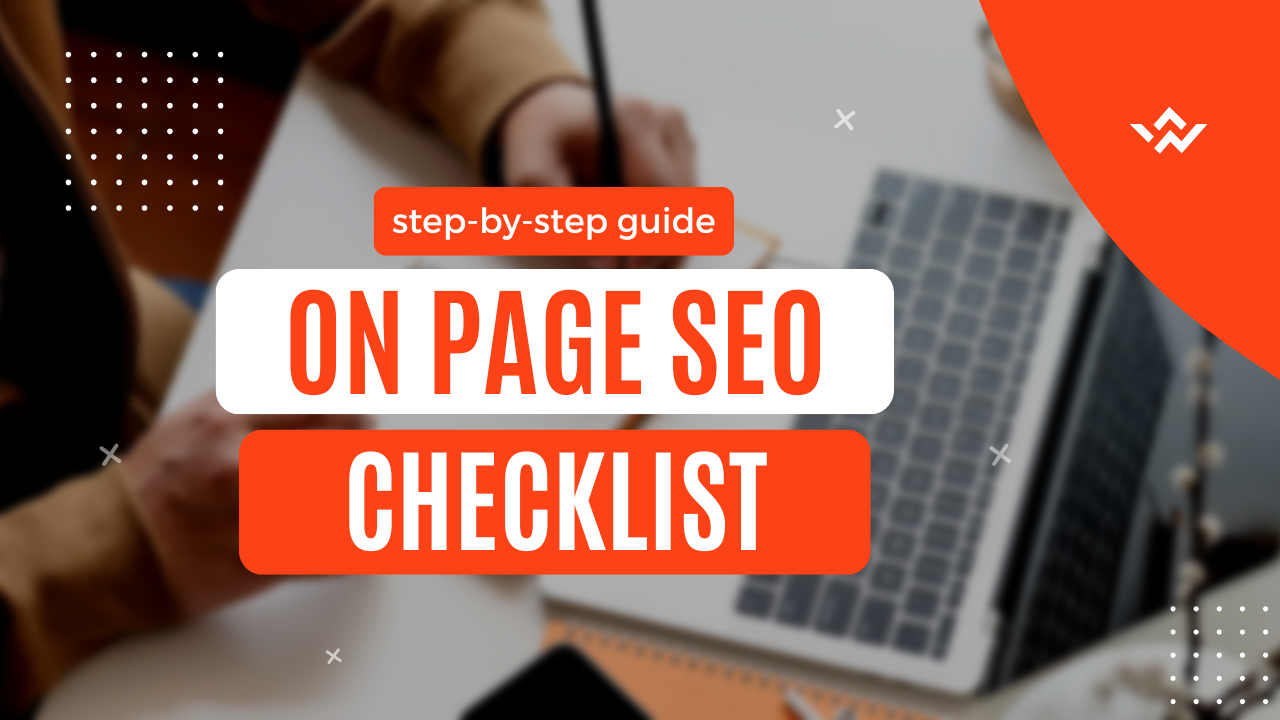
Unlock SEO Success: Practical On-Page SEO Checklist Tips
So, you’re looking to give your website a real boost on search engines? Time to roll up your sleeves and set up tools like Google Search Console and Bing Webmaster Tools. These platforms are like your personal watchdogs, helping you keep tabs on your SEO game and running your site smoother than ever.
Installing Google Search Console
Let’s talk Google Search Console (GSC) — the Swiss Army knife for website owners. It’s your ticket to understanding how your website is playing out in the big game of Google search results. Here’s what you’ll gain by having GSC in your corner:
| Feature | Benefit |
|---|---|
| Performance Report | Peek at your site’s total clicks, impressions, and average spot in search results. |
| Indexing Status | See which pages made the cut and spot any indexing hiccups. |
| Coverage Report | Identify issues blocking your pages from the spotlight they deserve. |
| Mobile Usability | Sniff out problems so your site looks slick on mobile gadgets. |
| Manual Actions | Check the “naughty list” for any manual slaps your site might’ve received. |
Getting GSC up and running isn’t rocket science. Confirm you own the website, then dive into optimization. For a step-by-step on setting it up, check out our guide on-page SEO tools.
Utilizing Bing Webmaster Tools
Bing might not have Google’s star power, but it’s still worth your while. Bing Webmaster Tools can help bring in a little extra traffic love. Here’s what you get:
| Feature | Benefit |
|---|---|
| Site Scan | Unearth tech troubles and tune-ups your website could use. |
| Keyword Research | Hunt down the magic words that’ll widen your reach. |
| Backlink Analysis | Scrutinize backlink networks to zhuzh up your link-building tactics. |
| URL Submission | Fast-pass your new or updated pages straight to Bing. |
Kick off Bing Webmaster Tools by creating an account, then add and verify your site just like in GSC. We’ve got more detailed steps for you in our article on on-page SEO optimization.
Bringing Google Search Console and Bing Webmaster Tools into the mix will power up your on-page SEO checklist and ensure you’re on top of your SEO game while serving up your pages to search engines. With these tools by your side, you’ll have the insight needed to tweak your way to web greatness.
Technical Foundations for SEO
Locking down a solid tech setup is a biggie for your on-page SEO checklist. This bit of the article zooms in on key pieces, like Google Analytics 4, XML sitemaps, and eyeing Google Search Console for any hiccups.
Implementing Google Analytics 4
Google Analytics 4 (GA4) is your go-to for keeping tabs on how well your site is doing and how folks are interacting with it. By getting GA4 up and running, you grab some juicy insights about how visitors are checking out your stuff, helping you map out your SEO tactics. Here’s how you roll out GA4:
- Pop into your Google Analytics account.
- Hit “Admin” then “Create Property.”
- Follow the cues to get your GA4 spot set up.
- Plant the GA4 code on your site.
With GA4, tap into an analysis of where traffic’s pouring in from, how engaged users are, and conversion rates—all key for tweaking your on-page SEO optimization. For more spicy details, browse through stuff on SEMrush.
Creating and Submitting an XML Sitemap
An XML sitemap is like a map for search engines, laying out your site’s ins and outs. Making and sending in an XML sitemap ensures your pages get a fair shot at being scooped up for indexing.
Here’s the down-low on creating and submitting your XML sitemap:
- Cook up an XML sitemap using tools like Yoast SEO for WordPress or XML-sitemaps.com.
- Pop the sitemap file in your website’s root directory.
- Log into Google Search Console, hit the “Sitemaps” section, and throw in your sitemap link.
Sending off an XML sitemap sharpens your technical SEO by making sure all the must-see pages get indexed. For a bigger scoop, hit up SEMrush.
Monitoring Google Search Console for Manual Actions
Poking around Google Search Console is a must to spot any manual action flags that Google might have tossed your way. Manual actions pop up if Google sniffs out any rule-bending on your end. Here’s how to keep an eye on things:
- Duck into your Google Search Console.
- Head over to the “Security & Manual Actions” section to peep any manual notes.
- Spot any flags? Follow the steps given to sort out the issues.
Quickly tackling any manual action is crucial, as it could rain on your site’s visibility parade. Keeping informed lets you shuffle your strategy to keep your page-front strong. For more bread crumbs on SEO and manual actions, dig into SEMrush.
By plugging in Google Analytics 4, crafting an XML sitemap, and keeping tabs on Google Search Console, you crank up your site’s technical gears, setting the stage for ace on-page SEO plans to nudge your site up the search ranks.
On-Page SEO Best Practices
Getting your website to shine on search engines is all about nailing the basics of on-page SEO. Here’s how you can make it happen.
Dealing with Broken Links
Got a few broken links? They’re like potholes on the internet highway, messing with your user experience and SEO mojo. You gotta regularly hunt them down and fix them. Tools like Site Audit are your friends here. Whenever you spot a broken link, either update it or chuck it—this keeps things running smoothly and your visitors happy.
| Link Status | Action |
|---|---|
| Broken Internal Links | Update or Remove |
| Broken Outbound Links | Update or Remove |
Understanding Keyword Density and Placement
Keywords are your ticket to being seen, but go easy on the keyword stuffing. Aim for your keyword to show up about 1-2 times every 100 words. And don’t bury it—get it in there early, like within the first 100-150 words, so Google knows what’s up.
| Content Length | Keyword Count |
|---|---|
| 100 words | 1-2 times |
| 200 words | 2-4 times |
Importance of Image Optimization
Images can do wonders for your page, but they need some love too. Give them names that actually say what they are, keep their file size in check, and don’t forget to add alt text. This not only helps folks who can’t see the images but also keeps those search engine robots happy. Keep the keywords in there, but don’t go overboard.
| Optimization Type | Best Practices |
|---|---|
| Image Naming | Descriptive and relevant names |
| Image Size | Compressed for faster loading |
| Alt Text | Include keywords sparingly |
Enhancing Page Load Speed
If your page drags its feet loading, folks aren’t sticking around—end of story. Pages that load in two seconds or less have a zap bounce rate of 9%, compared to a turtle-paced 38% if they’re taking five seconds. Use Google’s PageSpeed Insights to get the lowdown and make those tweaks ASAP.
| Load Time | Average Bounce Rate |
|---|---|
| 2 seconds | 9% |
| 5 seconds | 38% |
To keep things running like a well-oiled machine, dive into tools for on-page SEO analysis and on-page SEO tools. Regular check-ups with on-page SEO audits ensure your game’s always on point.
Advanced On-Page Strategies
Getting your website to play nice with search engines isn’t just a fancy trick—it’s a game-changer. Let’s chat about the heavy-hitters: structured data, those pesky duplicate content gremlins, crafting killer title tags and meta descriptions, and the art of internal linking.
Pumping Up Structured Data
Ever noticed those neat little extras like star ratings popping up on Google? That’s structured data doing its magic. It gives search engines a clearer picture of what you’re all about on your page. Google’s helper tool is a real winner for slapping Schema onto your HTML without pulling your hair out.
Here’s the lowdown on why structured data isn’t just geek-speak:
| Perk | What It Does For You |
|---|---|
| More Clicks | Jazzes up your listings with eye-catching extras. |
| Added Oomph | Makes your site pop in search results. |
| Crystal Clear | Helps search machines get the gist of your stuff. |
Taming Duplicate Content Goblins
Around 50% of the sites out there are shadowboxing with duplicate content, says the guys over at SEMrush. It’s like a “who wore it better” for web pages, and search engines can’t decide which to promote. A few tricks to keep these gremlins at bay:
- Canonical Tags: Your secret weapon to point out the head honcho page.
- 301 Redirects: Say “see ya later” to duplicates and guide them to the main gig.
- Give your website a health check with regular audits for sneaky duplicates.
Crafting Title Tags and Meta Descriptions That Shine
Title tags are like the headline act—they need to grab attention and tell search engines what you’re all about. Here’s the scoop on shaping them up:
- Say The Right Words: Slap your key phrases in, but keep it human-like and smooth.
- Stay Chic, Not Over-Dressed: Avoid keyword overload – nobody likes a show-off.
- Fit Just Right: Keep it around 50-60 characters, though sometimes longer is okay, depending on if a user is on a phone or desktop.
Meta descriptions might not influence your rankings directly, but they can be the difference between a user clicking or moving along. Make them punchy, relevant, and keyword-savvy.
Mastering The Art of Internal Linking
A solid network of internal links can make your site’s structure stronger than Hulk on a coding spree. Google loves a well-connected site, so here’s how to up your game:
- Link to the good stuff within your site.
- Use meaningful anchor text that speaks volumes.
- Carve out a clear path for users as they explore your world.
These tactics are the secret sauce to supercharge your on-page SEO and give your site the edge. If you’re itching for more tips and tricks, don’t miss our deep dives into on-page seo analysis, on-page seo tools, on-page seo optimization, and on-page seo audit.

